11 Tips to Improve Your Website Conversion Rate
Laura Hunter • July 30, 2020
Improve your website conversion rates
Let's focus this post on assuming you're running a PPC Ad campaign. Before any Pay Per Click (PPC) campaign can begin, it’s really important to address what pages are going to work with your ads.
When someone clicks on an ad, it’s because the content of that ad has interested them and they want to know more (and maybe even find out how to call you to become a direct customer).
However, if someone clicks on an ad but that link takes them to an unrelated or generic page on your website such as your homepage, your prospect is likely to bounce and move on to a different company.
This is why it’s crucial to optimise your pages so that they are relevant to your ad.
Other factors that can lead to you losing customers includes your pages loading slowly, difficult navigation in the menu bar and other technical problems.
It’s really important to maximise your site conversions so that prospects will follow through from seeing your ad to becoming a valued customer.
There are lots of elements you need to incorporate to turn your landing pages into a success.
This includes using clear and compelling calls to action, using a simple design with white space to make your message clear and writing compelling and attention-grabbing headlines that people will read.
11 ways you can improve your website conversion rates:
- Use video and images strategically to retain attention.
- Make information easy to digest by using bullets, stand-out quotations and visuals.
- Don’t focus on design over user experience. A site may look beautiful, but if users feel it loads too slow or that the information is unclear, or taking actions is not straightforward (e.g. filling a form, finding a phone number, buying online) then the user experience is bad.
- De-clutter landing pages and keep it simple. Put the most important elements (headlines and sub-headlines, USPs and phone numbers) above the fold. Use high quality images to draw the eye, build trust and keep users interested.
- Keep navigation simple. Remember, every link is another distraction from your conversion goal. Think about how to simplify your navigation for conversion optimisation. Studies have proven that too many options actually reduces the number of visitors selecting any option at all.
- Page content around keyword intent, from headlines, to CTAs, to descriptions, text and images.
- Prioritise conversion actions on landing pages and create a hierarchy. (Phone Call > Form Fills > Downloads...). CTA's should be organised following conversion actions hierarchy.
- Keep CTAs specific to the page copy, rather than generic. They should use words to inspire action and create urgency and should be displayed in buttons that look like buttons and with text that is legible.
- Consider all devices. Elements of a page that might be perfectly reasonable on a desktop could be very challenging or frustrating on a mobile device. Also consider the user's mindset on desktop as well as mobile.
- Establish credibility and develop trust. (reviews, badges, etc.).
- Look at site speed. Use PageSpeed suggestions to make the website faster.
Infoserve is available for advice or a FREE PPC Ads audit. We will show you what you're doing wrong and how you can fix it. Alternatively if you start a new campaign with Infoserve, you'll get a voucher worth at least £150.
Learn more about our PPC management here, or contact us
directly.

Facebook Ads remain one of the most powerful digital marketing tools available today, but they’re also one of the most misunderstood. Businesses often think success comes from simply boosting a post or throwing money at the platform, but in reality, long term ROI and strong ROAS (Return on Ad Spend) come from careful planning, constant monitoring, and strategic adjustment. To make this more actionable, Infoserve has broken down Facebook Ad strategy into an alphabet of essentials.

Branding is your identity, everywhere. If your business is a cell, your brand identity is your mitochondria. The powerhouse of your marketing. The reason your company breathes. The thing that sets you apart. The ‘why’ that your customers buy into. Yes, we know what you’re thinking. If you’re here and asking questions, then this probably seems a little bit overwhelming. You might be looking at the bigger brands and wondering how they managed to get such distinctive messaging. Realistically, all of those brands started off exactly like you: with an idea in their heads and only a vague idea about how to market it. Luckily, at Infoserve , we are experts at taking a holistic approach to SMB marketing, and we know exactly how to help you position yourselves amongst your competitors with distinctive, but effective, branding.

Did you know that search queries experience fluctuations in volume throughout the year? Maybe you hadn’t thought about it before, but now it’s been pointed out, it makes perfect sense. Either way, now you know that search trends, you need to start using them to your advantage. How do you do this? You create relevant seasonal SEO content strategies that help you optimise your website all year round. Infoserve has collected a few of our key tips just for you.

Do you want to have a go at SEO (search engine optimisation), but keep getting lost amongst all the jargon and technical terms? You’re not alone. SEO consists of advice and tips that have grown, changed, and advanced for years, and even the most experienced marketers started where you are: by looking at this information and wondering where to start. But, blog copywriting doesn’t have to be complicated. In fact, if you remove the jargon and word wizardry, you can create a piece of blog content that works. And, our copywriting team at Infoserve wanted to break down the basics.

Consistency in web design is essential. Why? Not only does it make your website look professional and trustworthy, but it also ensures that users can interact with it easily, which increases conversion rates. Retaining a predictable structure to your website might seem limiting to your overall design but it’s actually critical when it comes to understanding user behaviour, and creating a user journey that flows naturally. As web design experts, Infoserve knows all about it. And we are going to share some top tips on how to make sure your website is adhering to structural patterns that are proven to boost engagement.

When we discuss web design or copywriting with a client, one of the questions Infoserve will always ask is: ‘what are your USPs?’ However, we have noticed that there has been some discourse online regarding the relevance of USPs in modern marketing, and whether they really hold as much value in 2024. With an overload of marketing messages and customers bombarded by choices online, some argue that USPs are no longer effective in grabbing attention. But, when standing out against your competitors has become even more of a challenge, can we really afford to let them go?

Contact pages are often overlooked by business owners and, at Infoserve , we believe the reason for this is because they seem like the least exciting page on a website. Many people think that all it takes to create a solid contact page is to add your contact details, a form to fill, and a little bit of text encouraging your customers to get in touch. And, sure, these features are essential. But there’s so much more to it than that.

The preconception that businesses only make profit in the fourth quarter is a common trap that many new e-commerce companies fall into. It is true that many shops, particularly bricks and mortar shops, will make the bulk of their annual profit in the final months of the year due to the Christmas shopping rush, but this doesn’t mean that it is impossible for profit to be made during the rest of the year. This is for many reasons including the fact that Christmas is only celebrated within certain cultures, and the need for products doesn’t suddenly stop once January comes around. So, how do you ensure you’re reaching your customers outside of this peak selling period? Let’s take a look.





